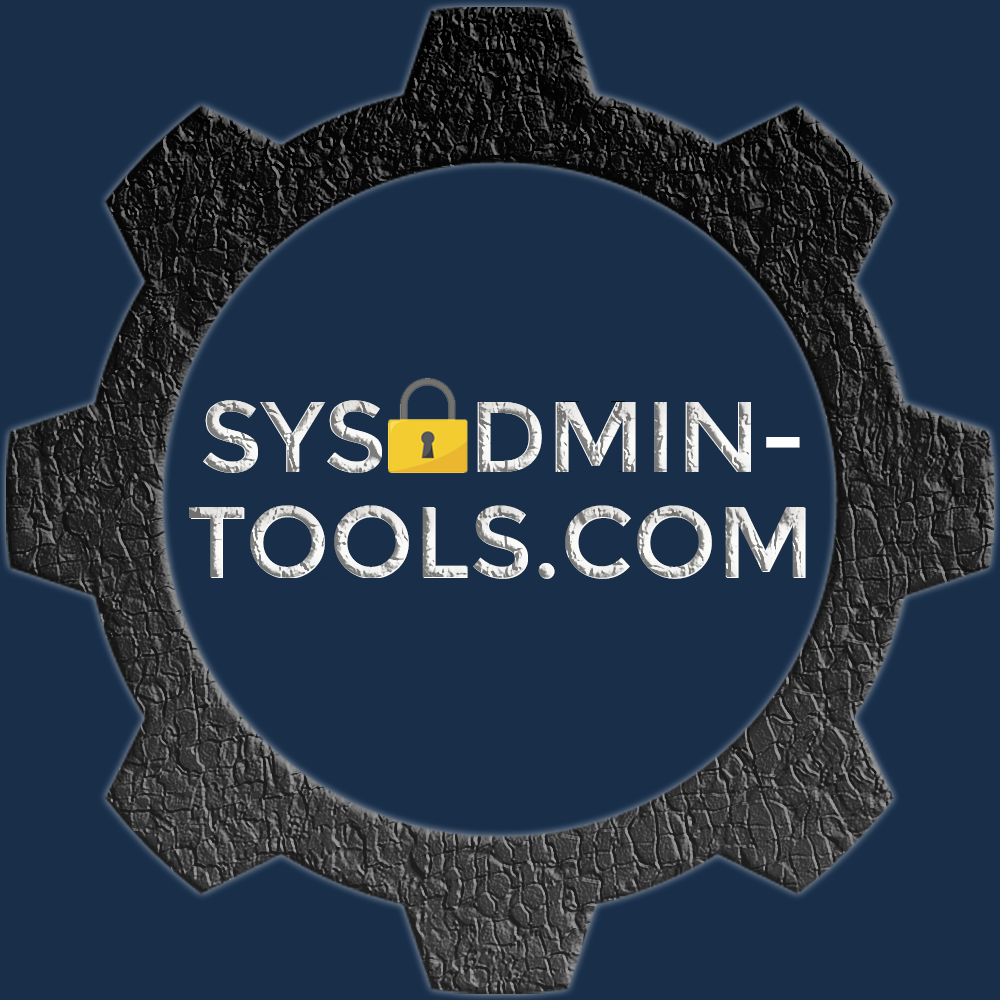Pardon our dust! We’re working on something amazing — check back soon!
If you need access to the tools immediately, send us an email at support@sysadmin-tools.com
